Will shading my cabbage give them a chance?
TaraLeighInKV
10 years ago
Related Stories

COLORWhy You Should Give Brown a Chance
If 'blech' is your first response to brown, you're missing out on the opportunity for a warm-looking room that appeals to both sexes
Full Story
FEEL-GOOD HOMEGive Peace a Chance: Room-by-Room Tips to Create Calm
Let the outside world have its chaos. You deserve a home that's a tranquil haven where you can relax and regroup
Full Story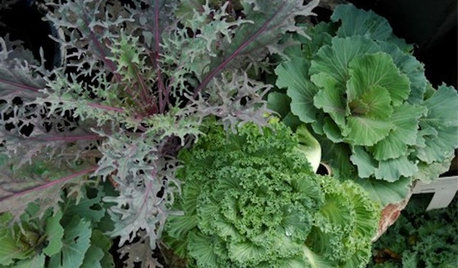
WINTER GARDENINGGreat Design Plant: Ornamental Cabbage and Kale
Yes, you can actually eat them. Or you can just marvel at their striking, unusual foliage during all four seasons in the garden
Full Story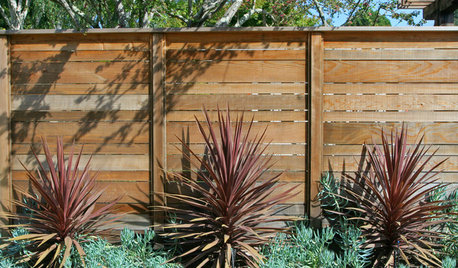
GARDENING GUIDESGreat Design Plant: Cabbage Tree
Happiest in plentiful sun, this tropical-looking tree gives a pool area or backyard landscape an exotic view all summer long
Full Story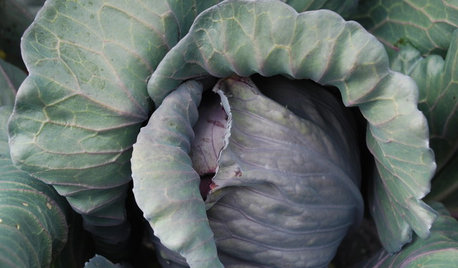
COOL-SEASON CROPSCool-Season Vegetables: How to Grow Cabbage
Give soups and stews an unbeatably fresh flavor with this ever-popular fall garden favorite
Full Story
DECORATING GUIDESTaste a Rainbow: 11 Top Home Decorating Colors and How to Use Them
Prime yourself for spring painting season with our color-happy guide to working with popular shades around the home
Full Story
COLOR4 Cool Paint Colors Touted for 2014 — and How to Use Them
Muted but complex, these hues from Farrow & Ball can stand on their own or play supporting roles
Full Story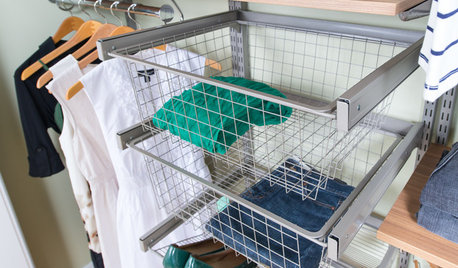
CLOSETSHow to Store Your Clothes to Keep Them Looking Good Longer
Here’s what clothes to fold, what to hang and how to stash your off-season stuff
Full Story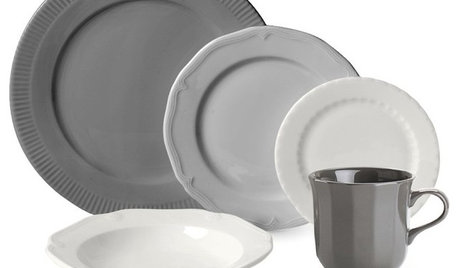
PRODUCT PICKSGuest Picks: Subtle Gray Tableware Gives Food the Spotlight
Let your holiday feast stand out against understated gray and silver dishes, platters, linens and cutlery
Full Story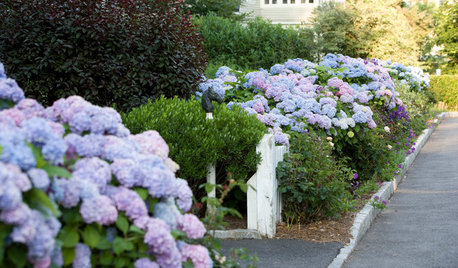
FLOWERSWhy You Should Give Hydrangeas a Place in Your Yard
The exuberant mop-headed beauties evoke dreams of an endless summer by the sea
Full Story





slowpoke_gardener
Okiedawn OK Zone 7
Related Professionals
Marina Landscape Architects & Landscape Designers · Forest City Landscape Architects & Landscape Designers · Maple Valley Landscape Contractors · Arden-Arcade Landscape Contractors · Camp Verde Landscape Contractors · Darien Landscape Contractors · Del Aire Landscape Contractors · Federal Way Landscape Contractors · Firestone Landscape Contractors · Flagstaff Landscape Contractors · New Berlin Landscape Contractors · New Cassel Landscape Contractors · Centennial Decks, Patios & Outdoor Enclosures · Parker Decks, Patios & Outdoor Enclosures · Surfside Decks, Patios & Outdoor EnclosuresTaraLeighInKVOriginal Author
seeker1122
TaraLeighInKVOriginal Author